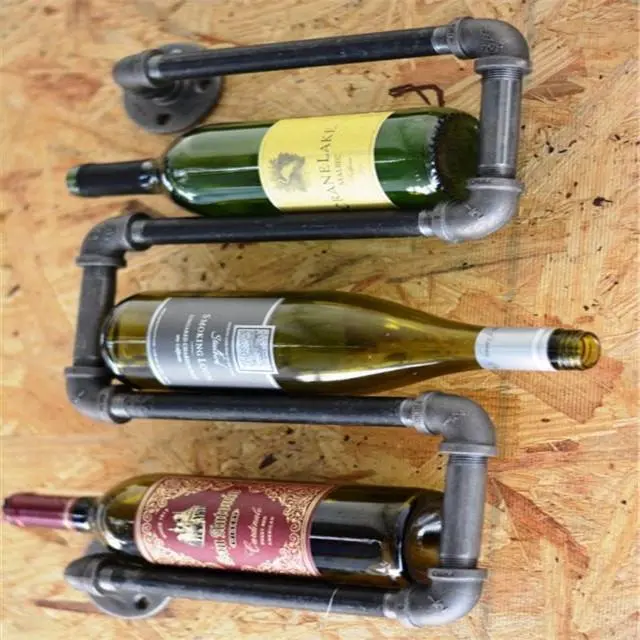
-
 Mail Usadmin1@hanghongtrade.com
Mail Usadmin1@hanghongtrade.com -
 Call Us+8613313271100
Call Us+8613313271100 -
language
окт. . 13, 2024 04:44 Back to list
Floor Flange Manufacturer Utilizing Advanced Casting Techniques for Superior Quality Products
The Importance of Casting Techniques in Floor Flange Manufacturing
In the manufacturing sector, the importance of effective casting techniques cannot be overstated, especially when it comes to producing vital components such as floor flanges. Floor flanges are essential fixtures used in various applications, particularly in plumbing, piping systems, and construction, where they serve as a connection point between pipes and surfaces. This article will explore the significance of casting techniques in floor flange manufacturing, delving into the processes, materials, and benefits that make it a noteworthy subject within the industry.
Understanding Floor Flanges
Before delving into casting techniques, it is crucial to understand what floor flanges are and their applications. A floor flange is a circular or square plate that is attached to a floor or wall, allowing pipes to be securely mounted. This component plays a critical role in ensuring the stability and integrity of piping systems. Floor flanges are typically made from various materials, including metals like steel, stainless steel, and iron, among others, providing strength and durability to withstand the pressures and stresses encountered in their respective environments.
Casting Techniques for Manufacturing Floor Flanges
Casting is a primary method used in the manufacturing of floor flanges, providing both the versatility and precision needed to create complex shapes and designs. Foundry casting techniques commonly employed include sand casting, investment casting, and die casting. Each of these methods has its unique advantages and is chosen based on the specific requirements of the flange design, production volume, and material specifications.
1. Sand Casting This is one of the most widely used casting methods due to its cost-effectiveness and flexibility. Sand casting involves creating a mold from sand, where molten metal is poured to form the desired shape. This technique is ideal for producing floor flanges in various sizes, ranging from small to large diameters. The process allows for intricate designs, making it suitable for customized applications.
2. Investment Casting Also known as precision casting, this method involves producing a wax pattern coated with a ceramic shell, which is then heated to create a mold. Investment casting is known for its high precision and ability to produce complex geometries with smooth surface finishes. This technique is often selected for high-end applications where accuracy and aesthetics are paramount.
3. Die Casting This technique is typically used for high-volume production. In die casting, molten metal is injected into a steel mold under high pressure. It results in thin-walled components with excellent surface detail. This method is particularly beneficial for producing consistent, high-quality floor flanges, especially when a large quantity is needed.
Material Selection
casting technics floor flange manufacturer

The selection of materials is another critical aspect of the casting process in floor flange manufacturing. The choice of metal can significantly affect the flange's performance, durability, and resistance to corrosion. For instance, stainless steel flanges are favored in applications requiring resistance to moisture and chemicals, while ductile iron is commonly used for its strength and ability to absorb shocks. Understanding the environment in which the flange will operate helps manufacturers choose the most suitable material.
Benefits of Casting Techniques in Floor Flange Manufacturing
The use of casting techniques in floor flange manufacturing offers several benefits
1. Cost Efficiency Casting methods, particularly sand casting, minimize production costs while allowing for large volume outputs.
2. Customization The versatility of casting allows manufacturers to produce custom flanges tailored to the specific needs of their clients, accommodating unique designs and sizes.
3. Strength and Durability Casting techniques can produce flanges with excellent mechanical properties, ensuring longevity and reliability in demanding environments.
4. Rapid Production Advanced casting technologies enable quicker turnaround times, making it easier for manufacturers to meet market demands promptly.
Conclusion
In summary, the manufacturing of floor flanges through various casting techniques plays a vital role in numerous industries. The choice of casting method and materials significantly impacts the final product's quality, performance, and suitability for specific applications. As technology continues to evolve, the casting techniques used in the production of floor flanges are likely to advance, further enhancing efficiency, cost-effectiveness, and customization. Understanding these methods and their benefits is essential for manufacturers aiming to stay competitive in an ever-changing market.
-
In Stock: 1/2" & 3/4" Galvanized Malleable Iron Floor Flanges
NewsAug.04,2025
-
Premium Black & Galvanized Key Clamp Fittings for Furniture Joints | Durable
NewsAug.03,2025
-
Wholesale China Malleable Cast Iron Decorative Floor Flanges
NewsAug.02,2025
-
3/4" Reinforced Bronze Flange Iron Pipe Floor Fitting | Threaded
NewsAug.01,2025
-
3/4 Inch Black Malleable Iron Floor Flange - Heavy Duty
NewsJul.31,2025
-
Premium Malleable Galvanized Cast Iron Pipe Fittings & Key Clamps
NewsJul.30,2025




